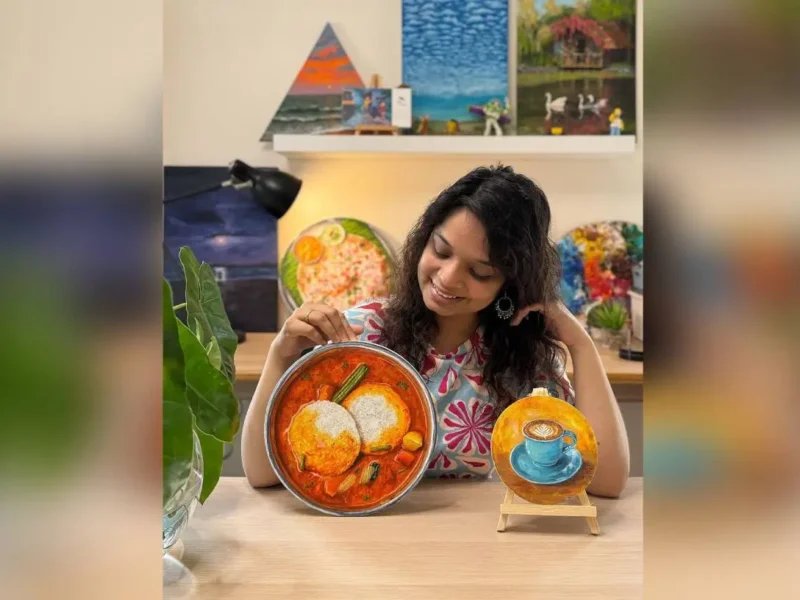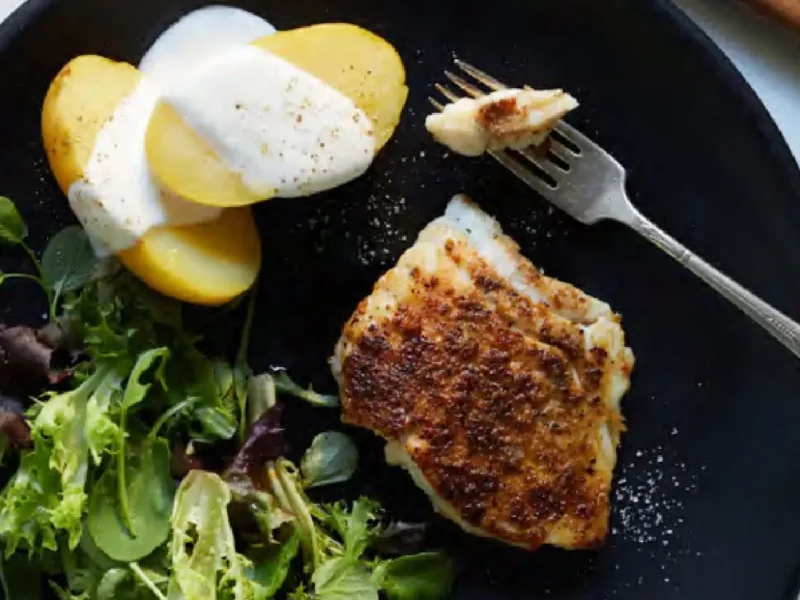
The Indian Bread Basket
By PUSHPESH PANT
Nazir Akbarabadi the 18th-century poet from Agra’s poem ‘Rotiyan’ celebrating bread is considered a classic. Countless phrases in many languages recognize the importance of bread. A man may not live by bread alone but can’t live without it. Shortage of bread has triggered revolutions and royal heads like Marie Antoinette’s have rolled for tactless remarks about it. Bread is talked of as the ‘Stave of Life‘ and one ‘breaks bread’ with someone to forge close ties.
Many restaurants have ritualized serving assorted breads on a platter to save the diners from deciding to choose between tawa or tandoori, naan or paratha. Not many are acquainted with the fascinating array of Indian breads-sweet and savory, crisp and soft each devised to pair with a specific delicacy with or without gravy. Some are enjoyed all by themselves- delightful.
Khamiri and roghani (enriched by extra ghee) are popular in Muslim eateries in Delhi, Bhopal, and other parts of northern India. Lucknow has a whole range of exotic breads- sheermal (delicate, mildly sweet saffron tinted bread prepared with flour kneaded in milk) and flakey kulcha not to be confused with the tandoori stuffed paratha-like preparation in Amritsar.
More rarely encountered are the gavdeeda (literally Bulls Eye) and gavjuban (resembling a bovine tongue in shape). Interestingly, sheermal and kulcha are claimed by the Kashmiris as their own but despite the similarity in the name they share nothing in common with the Awadhi-Lucknowi breads. They are harder, biscuity and must have cereals for breakfast. They are relished with pink salty nun chai or cardamom saffron laced kehwa. Girda is among the most popular bread among predominantly rice-eating Kashmiris.
Punjabis are partial to tandoori roti prepared with wholewheat flour and naan made with plain flour. In winters corn flour roti plays its delicious duet with sarson da saag (green mustard leaves). In the hill villages of Uttarakhand dark-complexioned madua (finger millets) was traditionally used by the poor. Rice flour is used in pathiri in Tamil Nadu and gassi in Karnataka. Pancake like chilada roti (aka tsot) are prepared in many provinces with a rice flour batter.
Drought-prone regions and arid zones also rely on millets like bajra (pearl millets) and jowar (giant millet /sorghum) to prepare robust roti on tawa. This is hardy peasant’s fare and at a pinch can form a complete meal with just a large dollop hot chutney or salsa like thecha.
Bengalis claim Bakarkhani as their own. It’s a rich tasty bread that commemorates the love affair of Bakar Miyan a district governor with a beautiful dancing girl Khani who was coveted by a vicious Kotwal (police officer). Khani became a victim of their rivalry. Bakar Miyan created the bread token alive the memory of that love. Bakharkhani bread is prepared at many places far away from Bengal and equally colorful backstories claim a geographical indicator for the local bake.
There is even one Indian bread that found a place on the flag of the largest princely state in India. Legend has it that the newly appointed Nizam of the Deccan province went to seek the blessings of the famous Sufi saint Hazrat Nizamuddin. He was given a kulcha as he sat at his mentor’s feet. He ate five bites before replacing the kulcha on the plate. The mystic laughed and told him your family will rule for five generations in Hyderabad. Uncannily this is just what came to pass. The Nizam happy with the prophecy accorded the pride of place to the kulcha on his pennant.
Some Indian breads are cooked in a clay tandoor, others in an iron oven. Most are unleavened but there are quite a few that use yeast. Some rendered extra sweet with jaggery thick roats are offered to the deities. There is an Indian bread for every season and for each reason! (ANI)




